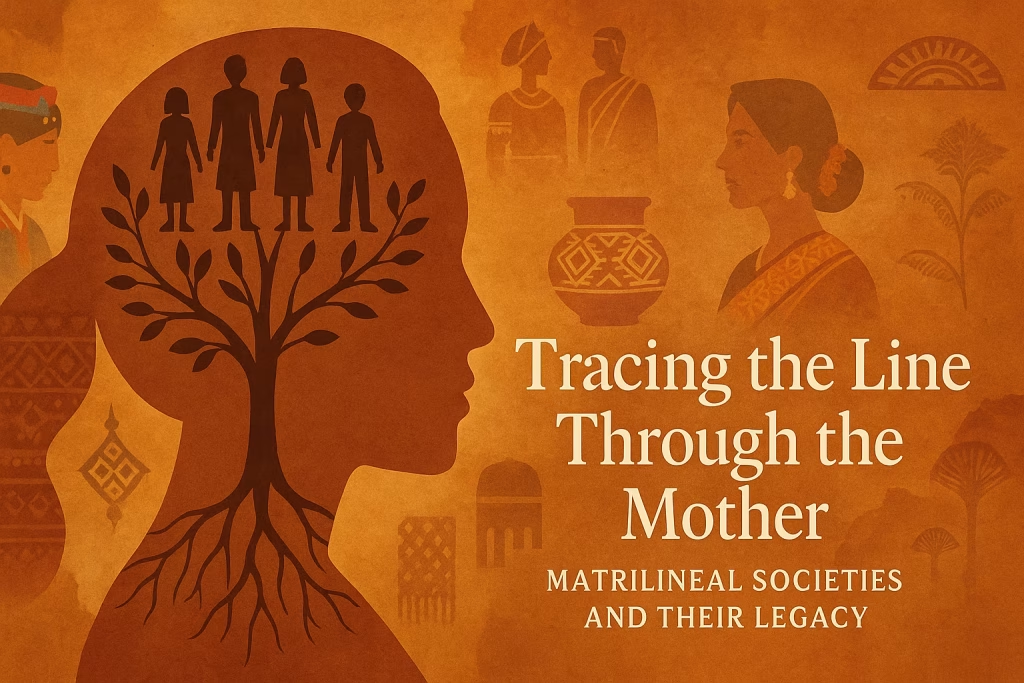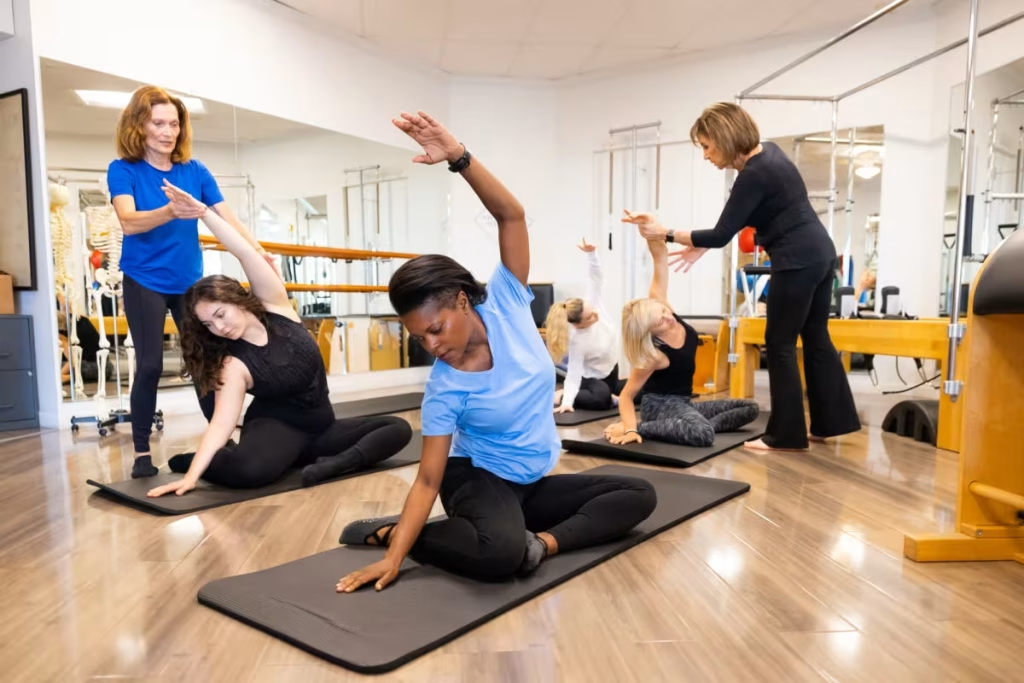Beginnings: Joseph Pilates and the Early Form
Pilates was developed in the early 20th century by Joseph Hubertus Pilates, a German physical trainer. As a child, he suffered from asthma and other health issues, which led him to study anatomy, gymnastics, and various exercise systems. He eventually created his own method, originally called “Contrology,” which emphasized controlled movements, core strength, alignment, breathing, and body awareness.
During World War I, while interned in England, he adapted his method for injured soldiers by attaching springs to hospital beds, allowing bedridden patients to exercise. After the war, Pilates emigrated to the U.S. with his wife Clara and opened a New York studio, where his method attracted dancers and performers.
Equipment: Apparatus and Home Use
Pilates is well known for its specialized equipment, or “apparatus,” designed to improve strength and flexibility. These included the Reformer, the Cadillac, the Wunda Chair, the Ladder Barrel, the Spine Corrector, and the Pedi-Pole. Each device used springs and pulleys to add resistance to controlled movements.
Over time, enthusiasts purchased some of these large contraptions for home use—particularly Reformers and Chairs. However, the machines were often bulky, required maintenance, and came with a high price tag. Even today, a high-quality Reformer can cost several thousand dollars, making it a luxury for most households.
The 1980s Boom
Although Pilates had been popular among dancers for decades, it truly took off in the 1980s. Media attention and celebrity endorsements brought it into the mainstream, and fitness studios began offering classes for the general public. It became a fashionable workout for those seeking toned muscles, improved posture, and low-impact conditioning.
Pilates Today: The Modern Resurgence
Pilates has seen another surge in popularity in recent years. Today, more than 12 million Americans are estimated to practice Pilates regularly, with millions more worldwide. Its renewed appeal stems from several factors: it’s low-impact and joint-friendly, it promotes mindfulness and body awareness, and it fits into the booming wellness trend. Social media and boutique fitness studios have further fueled its revival, making Pilates one of the fastest-growing forms of exercise today.
Conclusion
From Joseph Pilates’ hospital-bed springs to today’s sleek reformer studios, Pilates has had a remarkable journey. Expensive, iconic equipment made it famous, while its timeless benefits have ensured its survival. Now, with millions practicing globally, Pilates proves once again that controlled movement never goes out of style.




